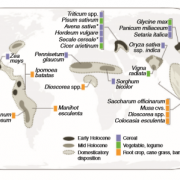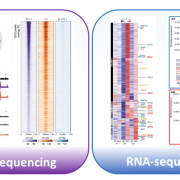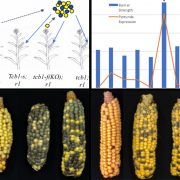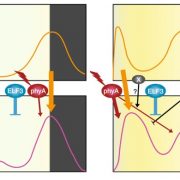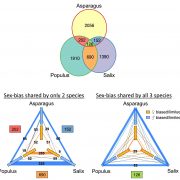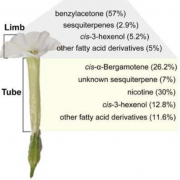All fruit things come to an end: FRUITFULL controls end of flowering and seed yield in pea
The onset of flowering is a tightly regulated process, as is the end of the reproductive phase in plants. In Arabidopsis thaliana, FRUITFULL (FUL) contributes to ending the reproductive cycle, as do signals derived from developing seeds. Here, Martínez-Fernández et al. explored to which extent that role extends to other plant species, namely pea (Pisum sativum ‘Cameor’). The expression levels of pea FUL genes PsFULa and PsFULb are upregulated upon floral transition. As in Arabidopsis, loss-of-function mutant psfulb and double-mutant psfula/b lines have longer reproductive cycles and develop more pods and seeds per plant than WT. Fruit and seed morphology and composition, however, do not differ significantly between WT and mutant lines. As seed-derived signals also contribute to ending the reproductive phase, the authors investigated the interaction between the FUL genes and seed signals. When seed formation was inhibited, all plants had longer reproductive phases, with the extension in psfulb and psfula/b phases approximately 9- and 12-fold longer, respectively. This shows that the FUL genes and seed-derived signals synergistically determine the end of the reproductive phase. Field trials revealed that psfulb and psfula/b plants yield significantly higher seed production when compared to WT, showcasing the agricultural potential that might be harnessed by understanding end-of-flowering regulation. (Summary by John Vilasboa @vilasjohn) Proc Natl Acad Sci. USA 10.1073/pnas.2321975121


